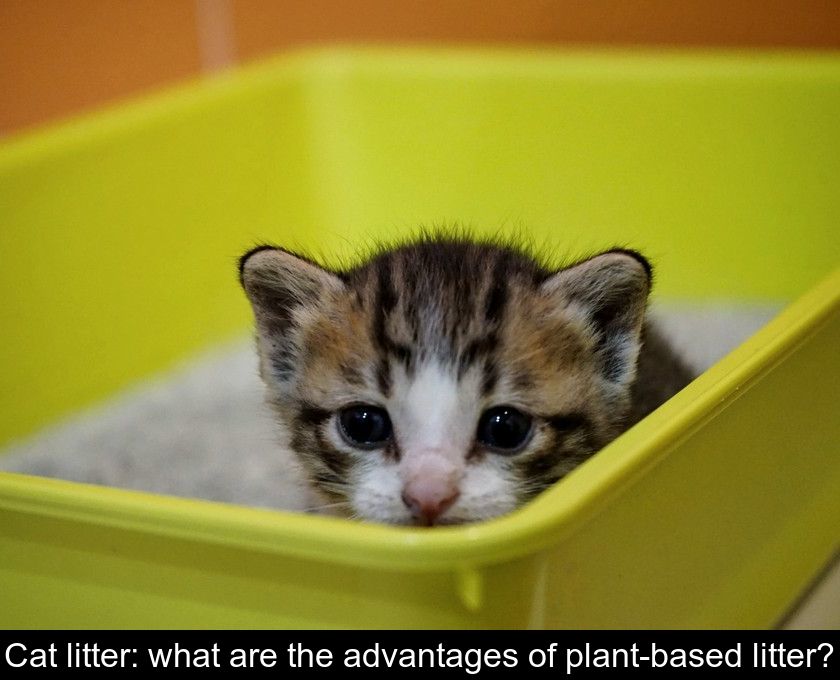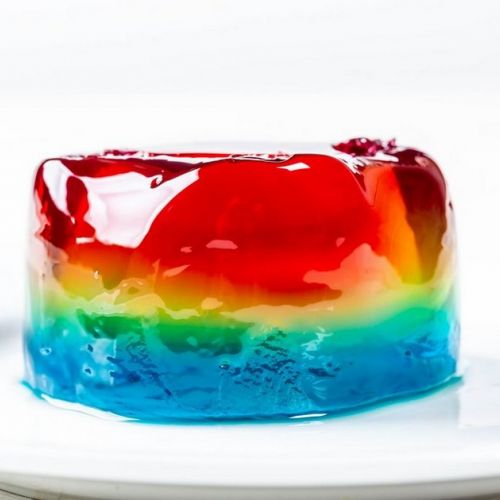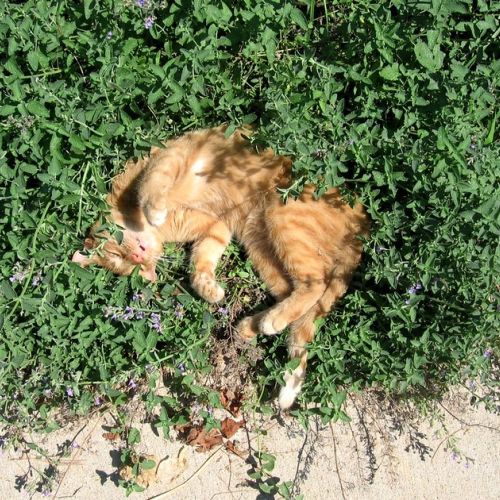Cat Litter: What Are The Advantages Of Plant-based Litter?
Cats, which have a sense of smell 14 times more developed than humans, are very concerned about cleanliness and therefore have requirements regarding their litter. Owners of small domestic felines now have a choice of mineral or vegetable litter. If you're not sure which litter is best for your cat, read our comparison below! We've listed the advantages of vegetable litter for you.
What is the difference between vegetable and mineral litter?
The mineral litter is the 'classic' cat litter. This inexpensive product, available in all supermarkets, comes in the form of clay or silica grains.
This form of litter has the advantage of being economical. On the other hand, it has the disadvantage of requiring regular cleaning of the litter box, because it does not completely neutralize odors and produces a lot of dust, which can inconvenience the cat... or its owners!
The plant material consists of 100% plant-based materials such as wood, straw, hemp or recycled paper.
This product can come in a variety of forms, such as shavings, sawdust or pellets. Cats generally prefer pellets because they are softer and more comfortable and do not stick to their paws.
Should I choose a clumping plant litter?
Both types of litter (mineral or vegetable) can be clumping or non-clumping.
Clumping litter is when solid clumps form upon contact with the animal's urine.
The main advantage of this form of litter is that it makes it easier to maintain the box. Most owners prefer clumping products because they make it easier to scoop out the clumped feces and balls before disposing of them.
This way your cat's 'little corner' always stays clean, to the relief of everyone in the house.
Is vegetable litter really more ecological?
For proponents of plant-based cat litter, this solution is much more environmentally friendly than mineral litter.
This is because mineral litter is a single-use product that wastes resources and produces a lot of waste.
Conversely, vegetable litter offers a more environmentally friendly alternative because it can be treated as biowaste.
To note: it should be noted that a cat uses an average of 33 kg of litter per year, which represents a considerable weight of waste and justifies the interest of preferring biodegradable materials.
Be sure to check the labels when purchasing! Some plant-based litters can be thrown directly into the compost because they are 100% natural, without additives or toxic chemicals.
Is plant litter effective?
It's not just the environmental arguments for natural and biodegradable materials that can convince you to give up mineral cat litter and switch to plant-based litter.
Plant-based litters also have the advantages:
- being comfortable and safe for your cat
- Produce almost no dust, which is better for cats and owners who suffer from respiratory allergies
- very effective at absorbing and retaining odors
- avoid bad smells in the garbage since it is possible to compost the biowaste
- Be easier to maintain (these litters need to be changed completely less often than mineral litters, only every two to three weeks).
Is plant-based cat litter more expensive?
The only drawback to plant-based cat litter is that it is slightly more expensive than mineral litter.
You can find clumping natural litter for about €30 per 40 liters on Amazon, or about €1.33 per liter, compared to €1.15 per liter for activated carbon mineral litter.
On the other hand, as we mentioned above, the vegetable version is as absorbent as a classic litter and just as effective (or even more effective) in neutralizing bad smells.
How to maintain a vegetable cat litter?
If you're still wondering which litter to choose for your cat, we recommend a clumping litter.
To ensure that your cat feels comfortable in it and is not tempted to hold back or relieve itself elsewhere in the house, all you need to do is adopt the following good housekeeping practices:
- Remove poop and clumps daily with a poop scoop
- perform a thorough litter box cleaning every two to three weeks.
Every two to three weeks, wash the box with a natural disinfectant, before putting in new plant litter.











